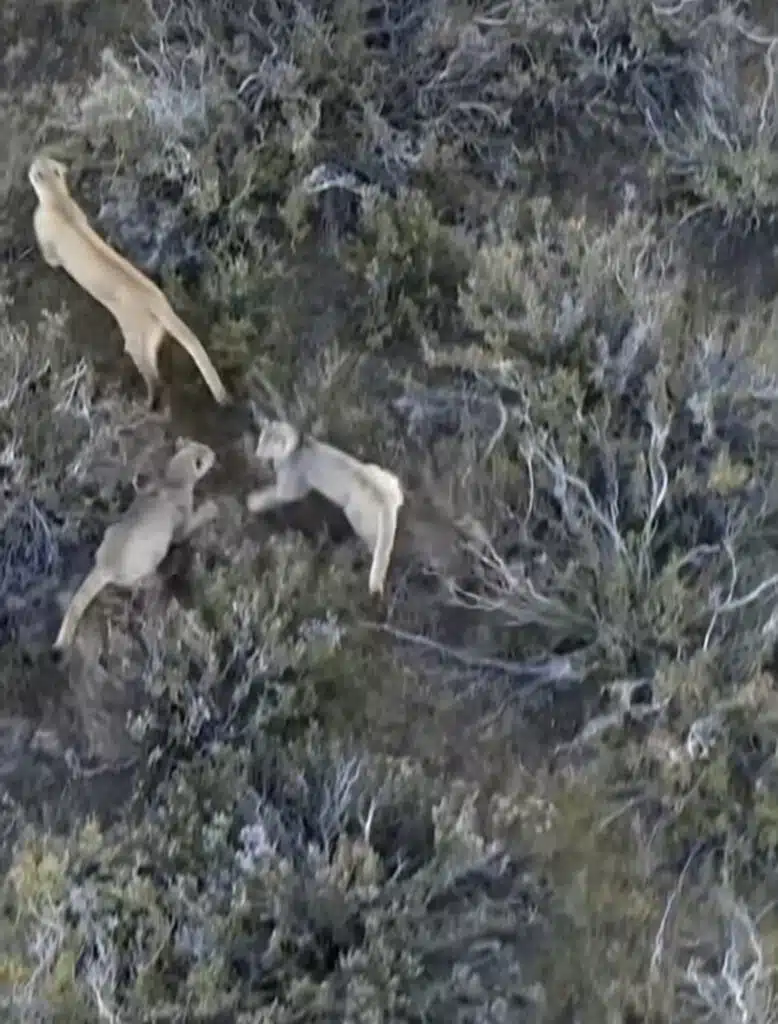In midst’s of the Chile’s Atacama Desert, an expansive and harsh terrain, where only the strong survive, a few playful Pumas where caught frolicking in between prickly flora and fauna, endemic to the area.
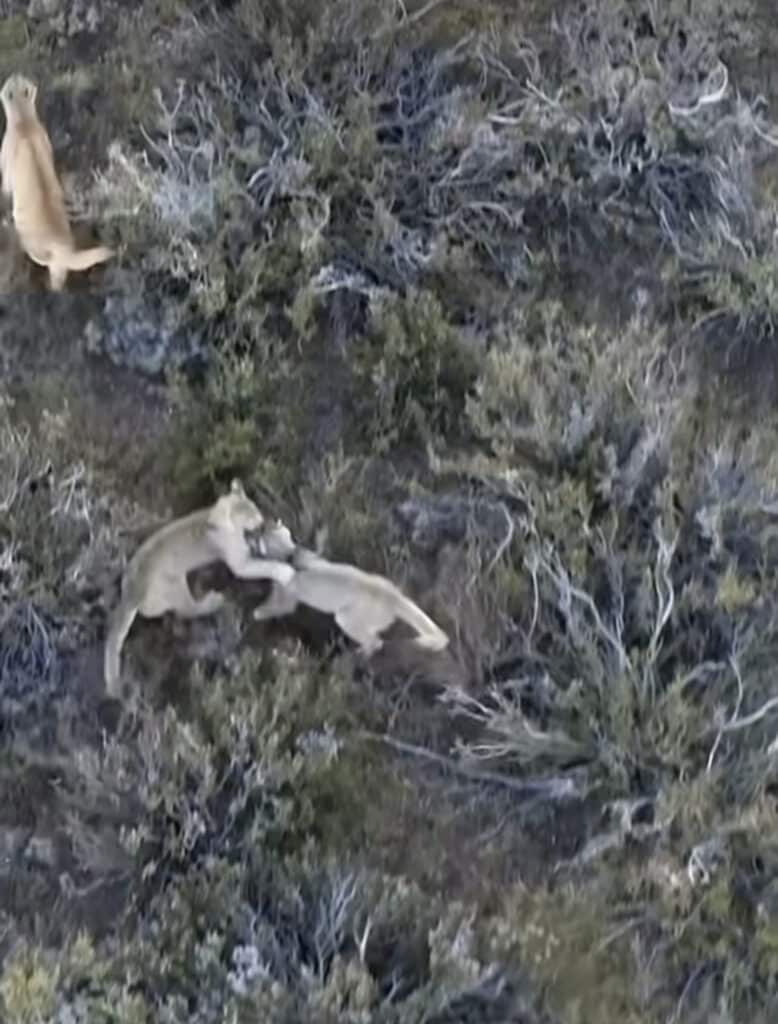
At first glance, it may seem that they’re playing hide and seek for fun as a way to pass time where time often stands still. But, to an expert, it signifies mothers teaching their young to hunt.
You see, this isn’t just a game, it’s a hunting tutorial – but surely the felines are enjoying themselves too.
Watch This Remarkable Event Here:
To watch this fascinating video, click here.
Pumas’ Remarkable Hunting Abilities
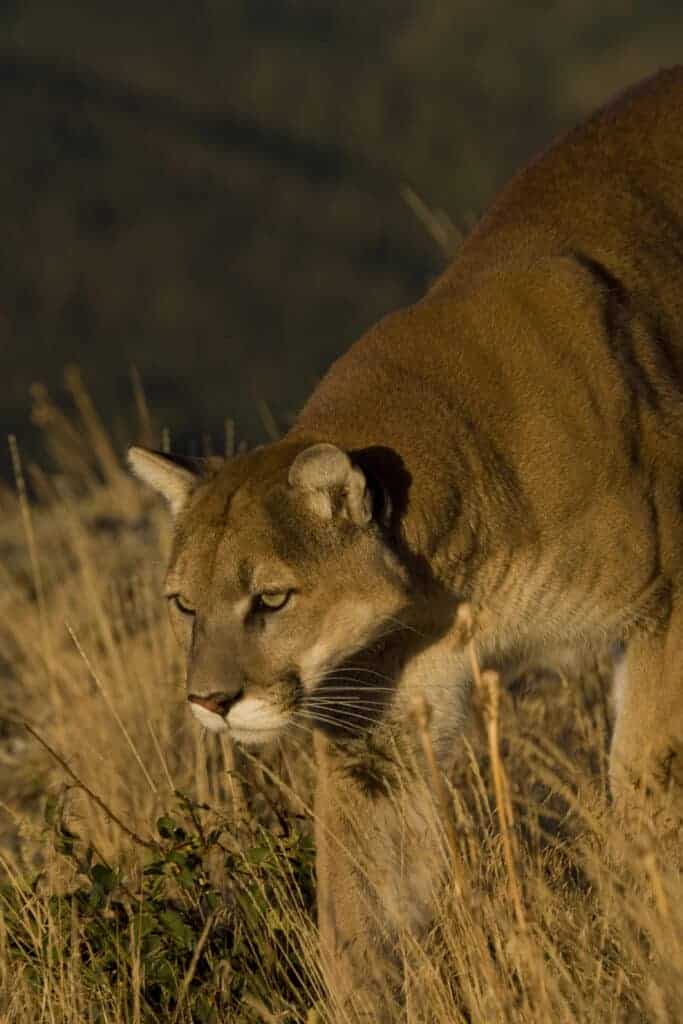
Pumas, also known as cougars or mountain lions, are renowned for their remarkable hunting abilities. These large felines are stealthy predators, capable of stalking and ambushing their prey with great precision. Their keen senses, including sharp eyesight and acute hearing, make them formidable hunters in various terrains, including the challenging landscapes of the Atacama Desert.
Pumas are solitary hunters, relying on their strength, agility, and intelligence to secure their meals. They are opportunistic carnivores, preying on a diverse range of animals, including deer, guanacos, and smaller mammals. Their hunting techniques often involve stalking their prey patiently before launching a powerful sprint to catch them off guard.
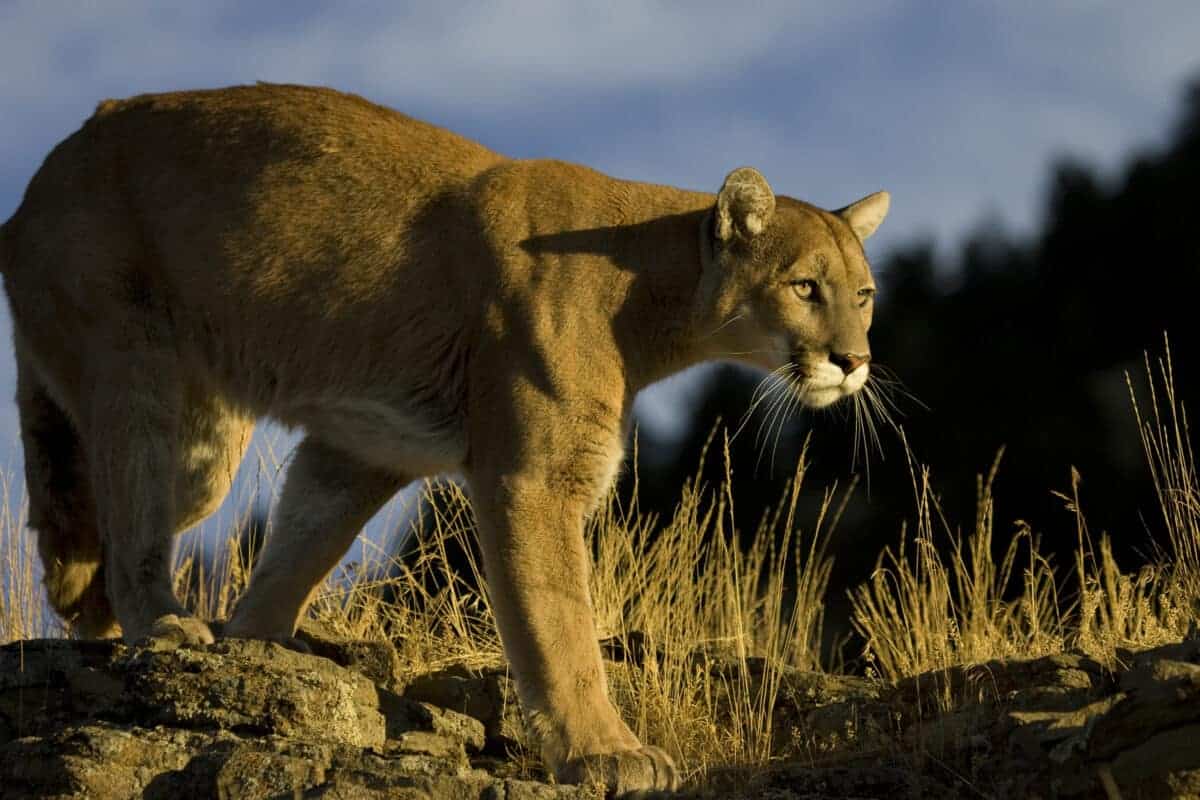
Dietary Preferences of Pumas
The Atacama Desert presents a unique set of challenges for its inhabitants, and the Pumas have adapted their diet to thrive in this arid environment. While their primary diet includes ungulates like guanacos and deer, they are also known to target smaller prey such as rodents and birds. Pumas are skilled at adjusting their hunting strategies based on the availability of food, showcasing their adaptability in the face of environmental constraints.
The Puma’s ability to consume a varied diet highlights their role as apex predators, crucial for maintaining ecological balance within their habitats. Their presence is integral to controlling herbivore populations, ensuring the health of plant life and preventing overgrazing.
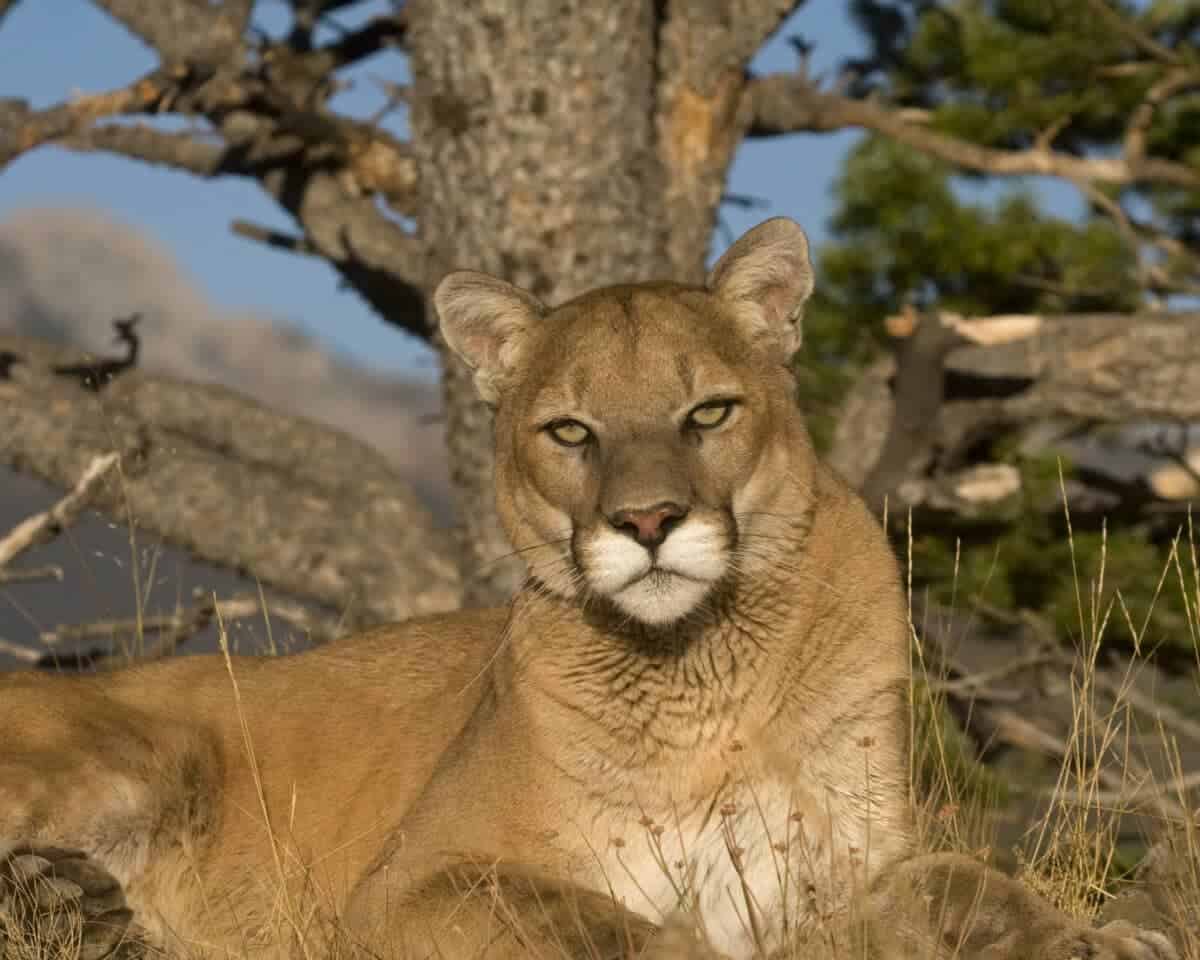
Adapting to Chile’s Harsh Climate
The Atacama Desert is one of the driest places on Earth, with extreme temperatures and limited water sources. Despite these harsh conditions, Pumas have evolved to adapt and thrive in this challenging environment. Their well-honed hunting skills and solitary nature enable them to cover vast territories in search of prey.
Pumas are known for their ability to endure periods of scarcity, and they can survive for extended periods without water by obtaining moisture from their prey. Their efficient metabolism and adaptable behavior allow them to navigate the desert landscape with resilience.
The Role of Play in Puma Development
The playful behavior observed among Pumas in the Atacama Desert serves a crucial purpose in their development. While it may seem like a simple game of hide and seek, it is, in fact, an essential part of the learning process for the younger Pumas. Mothers engage in these playful activities with their cubs to impart crucial hunting skills.
The seemingly carefree play helps the young Pumas develop their agility, coordination, and stalking abilities. These playful interactions contribute to the cubs’ physical fitness and mental acuity, preparing them for the challenges of surviving and thriving in the harsh Atacama Desert.
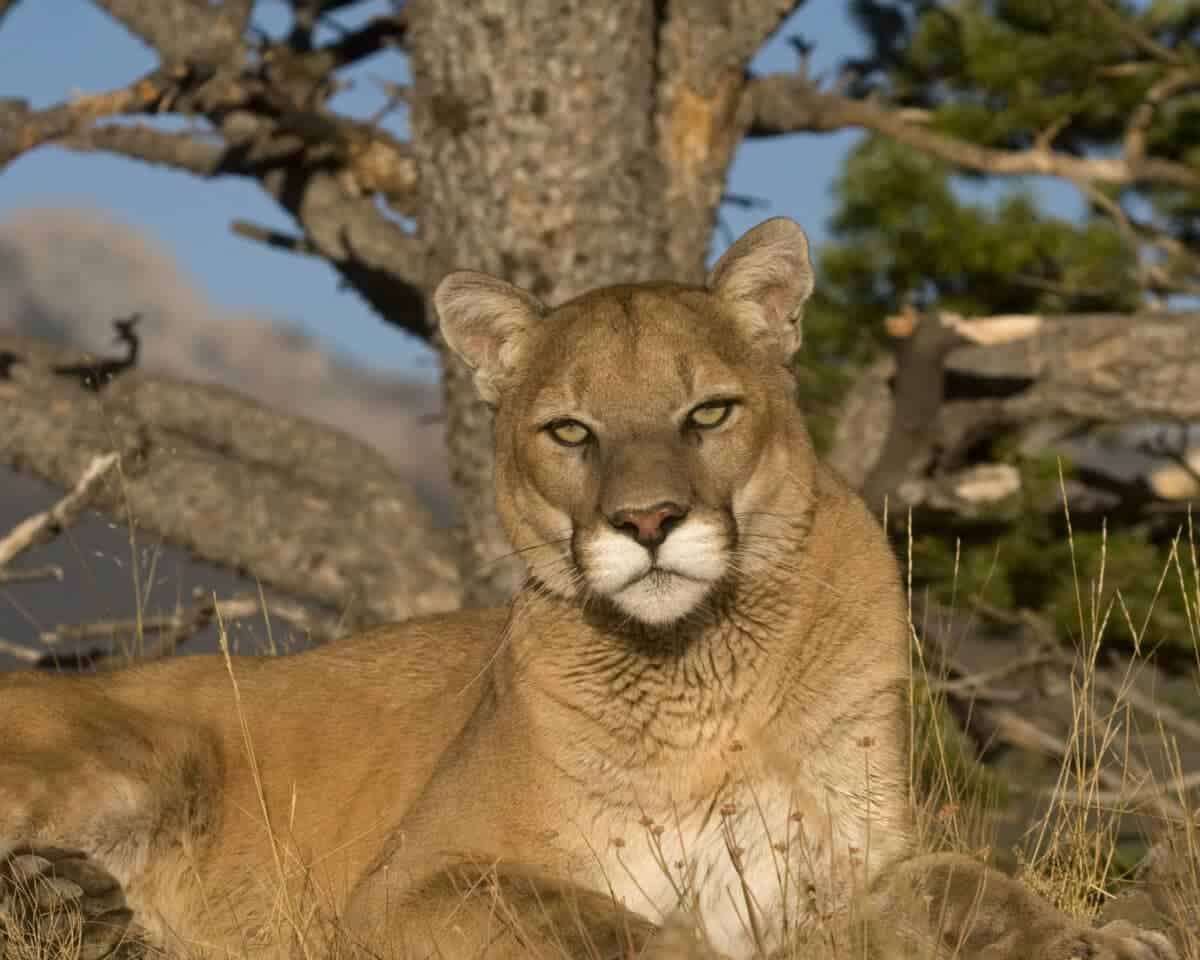
In conclusion, the Pumas of the Atacama Desert exemplify nature’s ability to adapt and thrive in even the most unforgiving environments. Their playful behavior serves as a testament to the intricate ways in which these magnificent creatures ensure the continuation of their species while maintaining the delicate balance of their ecosystem.
- Meet Frankenkitten, The Cat with Four Ears and One Eye - April 26, 2024
- Watch 100,000 Live Salmon Escape After Truck Crashes in Oregon - April 25, 2024
- Viral Sensation: Puppy in Florida Born with Green Fur - April 25, 2024

